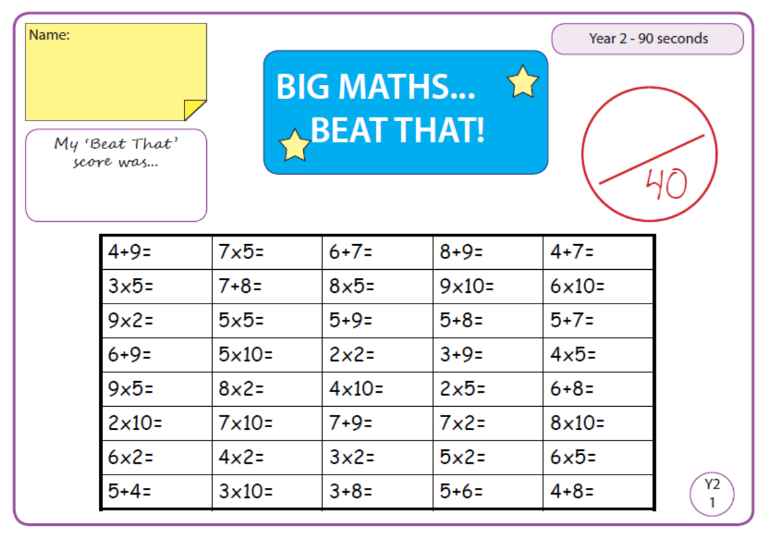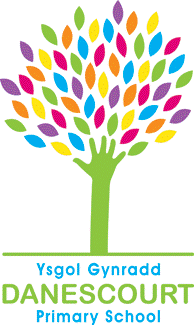The following page provides information on the coverage of skills taught within mathematics and numeracy for the summer term. These are:
|
Addition and Subtraction
|
-
add and subtract numbers using concrete objects, pictorial representations, and mentally, including a two-digit number and ones; a two-digit number and tens; two two-digit numbers; adding three one-digit numbers
-
solve problems with addition and subtraction using concrete objects and pictorial representations including those involving numbers, quantities and measures
|
|
Time (Analogue)
|
-
Revise there are 7 days in a week, 24 hours in a day and 52 weeks in a year.
-
know the number of minutes in an hour and the number of hours in a day
-
tell and write time in 15 minute intervals – o’clock/quarter past/half past/quarter to.
-
compare and sequence intervals of time e.g. It’s 7.30 what will the time be in half an hour.
|
|
Length and Height
|
-
choose and use appropriate standard units to estimate and measure length/height in any direction (m/cm);
-
problem solving using mixed measures
-
practical application of measuring skills
|
|
Mass and Capacity
|
-
choose and use appropriate standard units to estimate and measure mass (kg/g); to the nearest appropriate unit scales etc
-
choose and use appropriate standard units to estimate and measure capacity (litres/ml) to the nearest appropriate unit using measuring vessels
-
problem solving using mixed measures
-
practical application of measuring skills
|
|
Time (Digital)
|
-
know the number of minutes in an hour and the number of hours in a day
-
tell and write time in 15 minute intervals – o’clock/quarter past/half past/quarter to.
-
compare and sequence intervals of time e.g. It’s 7.30 what will the time be in half an hour.
|
|
Position and Direction
|
-
use mathematical vocabulary to describe position, direction and movement, including movement in a straight line and distinguishing between rotation as a turn and in terms of right angles for quarter, half and three-quarter turns (clockwise and anti- clockwise)
-
order and arrange combinations of mathematical objects in patterns and sequences
|
Pupils are challenged every week to improve their fluency in integral number skills such as multiplication and addition facts. Here is an example of the Year 2 Big Maths Challenge. Pupils are encouraged to use the habit 'Get it Right!' to improve their scores and time. Here is an example below:


